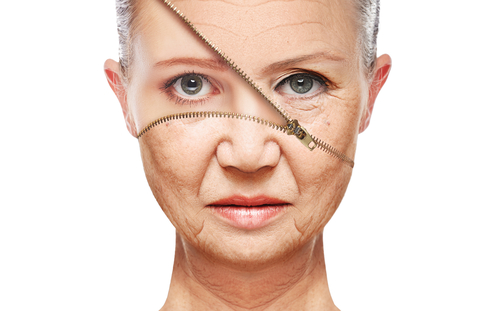
Botox and other facial rejuvenation treatments are highly accessible and extremely sought after by women wanting to reduce unwanted lines and wrinkles. However, the thought of making any alterations to one’s face can be daunting, and with so many available options it can be difficult for an individual to choose the perfect treatment. Board certified plastic surgeon, Dr. Stephen U. Harris, MD FACS, breaks down the options for facial rejuvenation so when a woman (or man!) decides the time is right, they can enter a surgeon’s office feeling confident in their knowledge of available treatments.
Dr. Harris is known for his excellence in facial aesthetic surgery and has vast experience with today’s most advanced surgical procedures. He offers several facial rejuvenation procedures, both invasive and non-invasive, at his practice Harris Plastic Surgery in Long Island, NY. He offers expert information on today’s most popular procedures to help surgery-seekers make their best choice and avoid walking into their surgeon’s office completely clueless.
Several of the treatment options available are Botox, Restylane, Collagen and other injectables. For the individual looking for more of a nip-tuck, there are invasive procedures like eyelid surgery or a face lift. Each of these treatments has a different purpose and is meant to treat things differently, so it’s important to know what you’re doing to your face before signing on the dotted line.
Botox:
Botox is the most sought after (and talked about) facial rejuvenation treatment available today. Botox is a purified chemical that is injected into the skin, targeting muscle activity to reduce frown and forehead lines, as well as wrinkles and crow’s feet. This treatment is known for the ability to restore your youthful appearance quickly, safely, and easily.
Collagen:
Collagen is a major component that makes up human skin and plays a key role in maintaining skin elasticity. Injected into the dermis, the second layer of skin under the epidermis, Collagen is mainly used for decreasing wrinkles. Collagen has many additional uses, including treating sun-damaged skin, scars, and aiding in the healing of wounds and burnt skin.
Restylane:
Restylane is a revolutionary dermal filler used to treat wrinkles and thin lips. It gently smoothes away fine lines around the mouth, lips and on the forehead. Restylane won’t leave any scarring at the injection site. It is natural, biodegradable, considered extremely safe and contains no animal proteins.
Fat Transfer:
Fat transfer is the process of taking fat cells from one area of the body and moving them to an area of deficiency. This treatment can be used to fill in wrinkles and scars (and many other areas of the body). There is also no risk of allergy to fat transfer, as the body’s own cells are used.
Eyelid Surgery:
One of the most prominent facial features to show signs of aging are droopy, puffy eyes and eyelids, which can make an individual look tired and much older than they actually are. Eyelid surgery (also known as blepharoplasty) starts with an incision made along the eyelid where excess fat and skin are removed. This will dramatically reduce signs of aging and can also improve vision impaired by sagging eyelids.
Facelift:
A facelift is an invasive surgical procedure designed to eliminate both face and neck wrinkles, thereby rejuvenating the patient’s skin. Incisions are made along the hairline, by the ear, on the chin, or along the earlobe. Excess skin is then lifted and removed while remaining skin is tightened with sutures or small metal clips.
While there are additional invasive and non-invasive procedures for facial rejuvenation, these are some of the most common options. I highly recommend doing additional research and making sure the source is credible. Go into your doctor’s office with a list of questions and let them know which areas of your face you are seeking treatment for and why. The more open discussions and information a patient can share with their surgeon will make way for the best results possible – as well as a happy patient, and doctor!


Comments are closed.